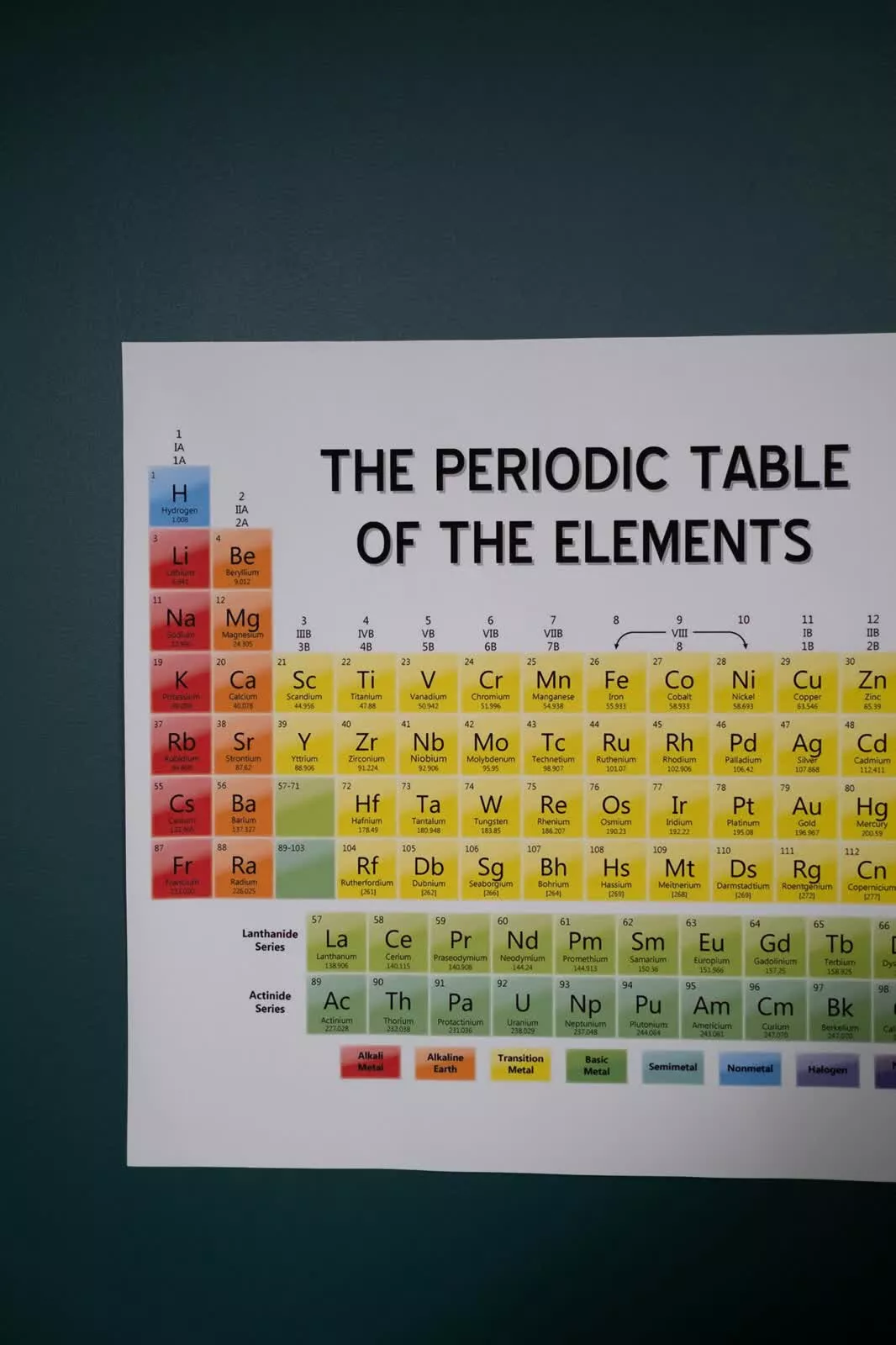I suppose it’s a better idea than I initially gave it credit for. It’s a new type of thermocouple, and processors do run at a fairly high heat gradient compared to ambient temperatures.
Good luck with the actual implementation though!
And no word on efficiency in the article. I guess it won’t be better than other thermo-electric devices they are 5-8% efficient.
The way I see it, every little bit helps. If even a little of the waste heat can be recaptured as electricity for operation, it’s a good thing unless the conversion itself has a higher energy cost, and from what I can tell, that’s not the case with this technique.
It might be interesting to use waste heat to power fans. That’s right in that range for power needs, and it could be largely self-contained.
For something like a data center, that could add up.
Data centers will probably be the only practical application. Consumer electronics will probably barely produce enough energy to power the regulator and tie-in circuit just to feed back into the pwm driver for fans nowadays.
Every time they purposefully ommit crucial info like this it means it’s a complete showstopper.
How about chips harvest all that air in the bag? Oh wait, not those kinda chips …






